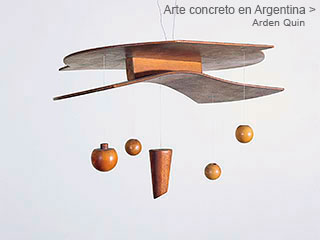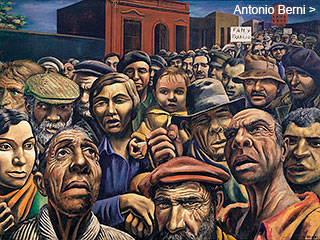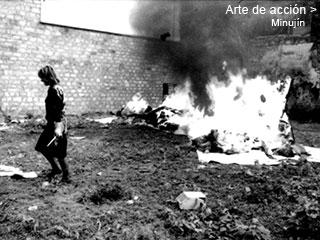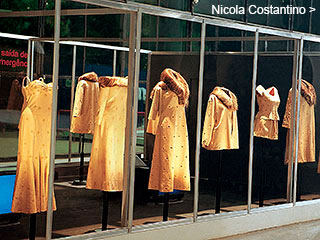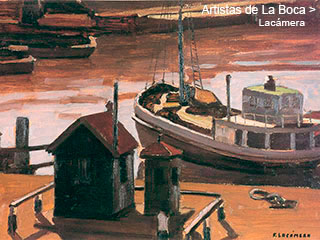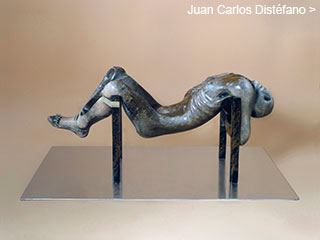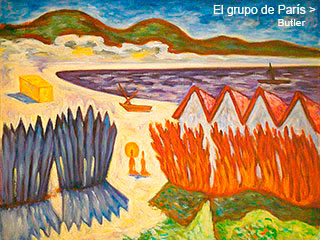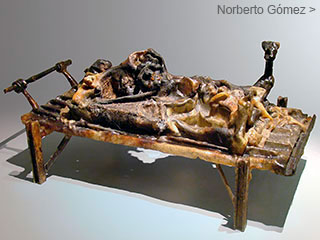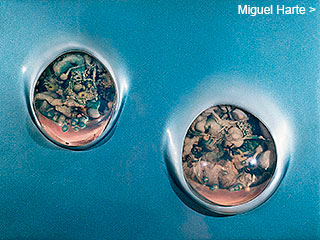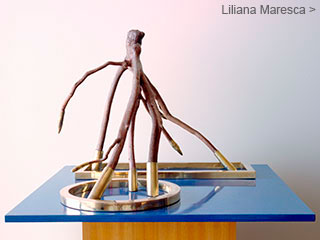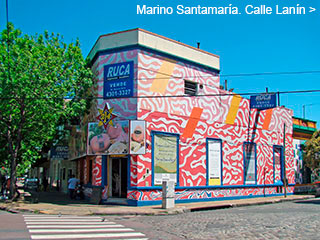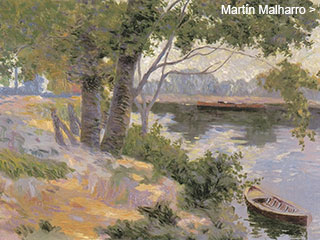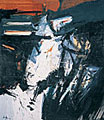Menú
Algunos dossiers
Informalism
in Argentina
in Argentina
by
Jorge López Anaya
August 2003
August 2003
Argentine Informalism incorporated processes which went against the “good taste” of the local practices. Based on the existential poetry of the time, through spontaneous gestures and the use of discarded material, it violated the limits of the traditional artistic genre and opened the road to the concept of the object, the installations and the art of action.
Sakai
Kazuya Sakai (Buenos Aires, 1927 - Dallas, Texas, 2001), who exhibited for the first time in 1952 at the La Cueva Gallery, was one of the painters who animated with most profoundness the tendency of the Free Abstraction towards the end of the 1950´s. His exhibit in 1957 at the Pizarro Gallery, clearly showed his inclination towards spontaneous painting, made with dynamically traced symbols onto the canvas. A little afterwards, his abstract pictures were set on backgrounds of uniform or slightly modulated colors, with rhythmic and spontaneous traces of dark calligraphy, sometimes dynamic, sometimes slow. The reference to the Far East was notorious. During that period, calligraphy, gestural painting and symbols, appeared in the program of numerous European and North American artists. Sakai followed suit, yet the calligraphy and the symbols in his work have a noticeable relationship with the aesthetic perception of Japanese Art. The spiritual connection is evident. Surely, some principles of Zen Buddhism appear in his style towards the beginning of 1960. Among these, the concept of velocity, that is not related to a temporal process, but to the immediateness of the execution as an absolute simultaneousness between thought and action.


